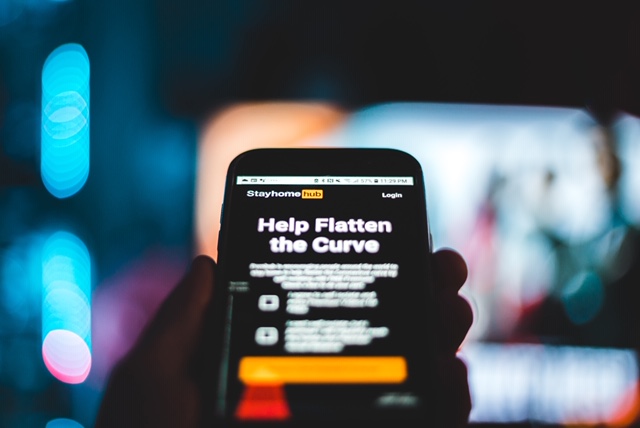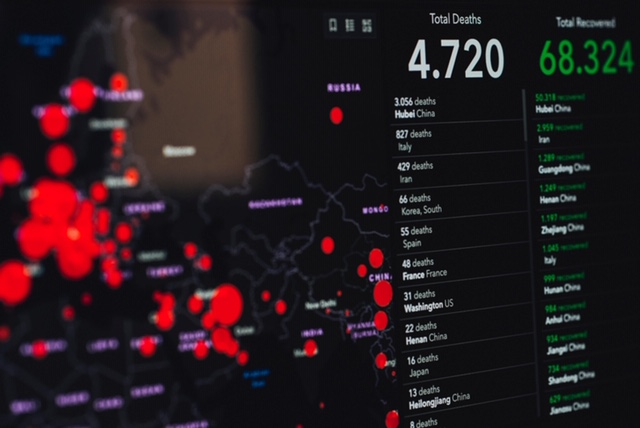![]()
Activity:
How can we apply the different types of information disorder to real life situations? Can you distinguish between dis-, mis-, and malinformation in the following case studies?
Case Study 1
Rumours about cures or treatments for coronavirus continue to circulate widely on Twitter and Facebook, such as the use of hydroxychloroquine as a ‘miracle cure’.
Is this disinformation, misinformation or malinformation?

Rumours about cures or treatments is misinformation.
Read more here.
Case Study 2
Both state-sponsored media and extremist movements are exploiting the Covid-19 situation to spread harmful and hateful messaging on social media, creating fake Twitter accounts and hijacking or hacking individuals accounts in order to spread their messages.
Is this disinformation, misinformation or malinformation?

Creating fake twitter accounts to spread harmful and hateful messaging is disinformation.
Read more here.
Case Study 3
From January to March, the British government consistently downplayed the severity of Covid-19 to the British public, telling them that the virus posed a “very low” or “low” risk, and that the health service was “well prepared” to cope with it.
Is this disinformation, misinformation or malinformation?

Misleading the British public about the number of infected individuals is malinformation
Read more here.